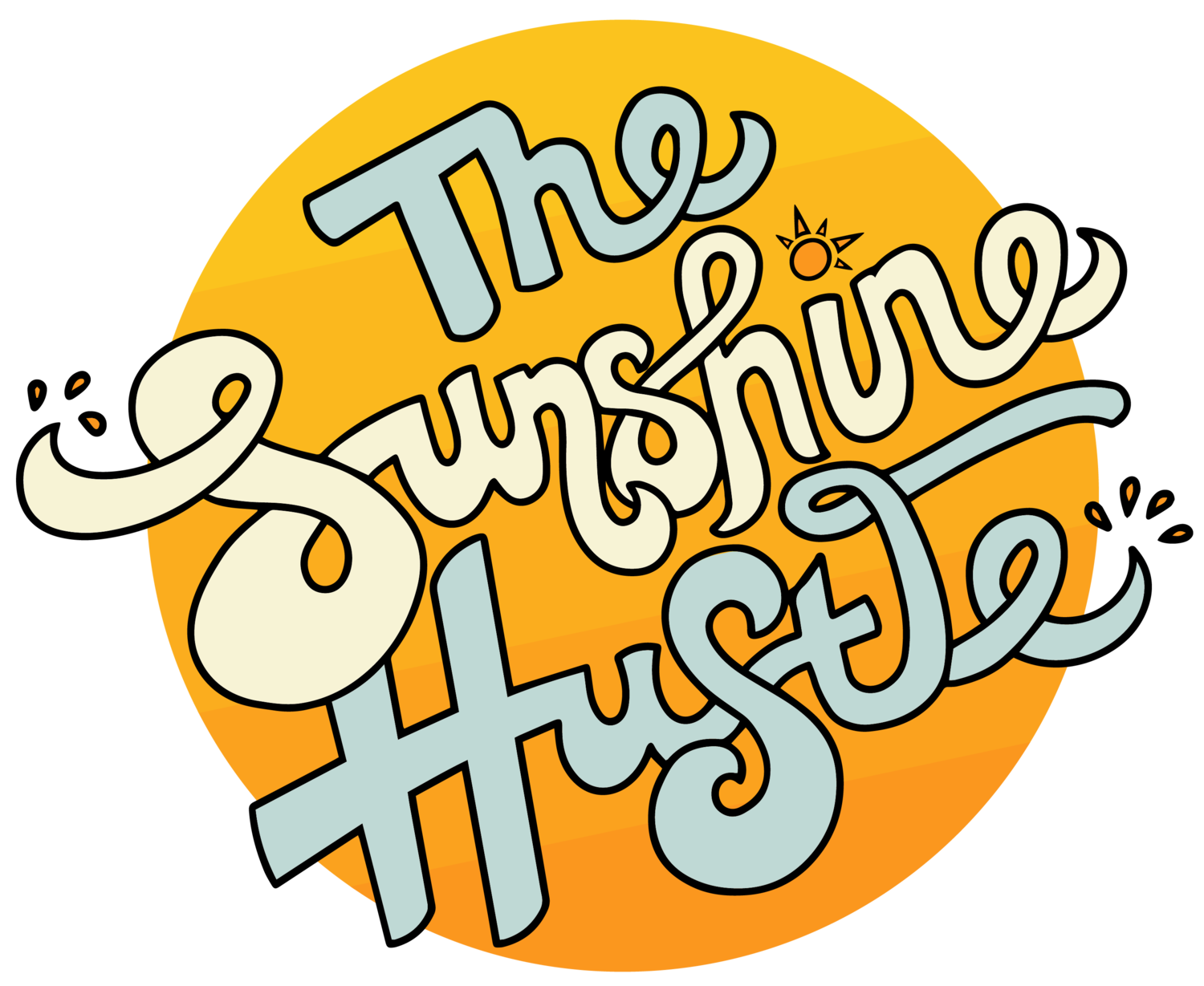Willow Bark to Relieve Pain
“There are 3 levels of pain: pain, excruciating pain, and stepping on a Lego!”
Have you heard of the herb willow bark? Did you also know it’s great for pain? I first learned about willow bark after a friend of mine shared an incredible book with me that started my DIY journey. The book was Make Your Mark by Raleigh Briggs (thanks Amy at Gomer’s Garden!). After reading about the herb in this book, I couldn’t help but wonder if this herbal treatment could help reduce the amount of Advil I take for whatever ailment I have these days. And that list is long.
Now if you’ve never heard of willow bark, I’m here to tell you all about it. Willow bark is the bark from several varieties of the willow tree, including white willow, black willow and others, and the herb comes from the branches of 2- to 3-year-old willow treas. The active ingredient in the medicine made from willow bark is called salicin and the bark acts a lot like aspirin. Folks were using willow bark for centuries as a painkiller, fever reducer, and anti-inflammatory. These days, it is most commonly used for general pain, fever, chronic headaches or back pain. Can you see why learning more about this herb this was so intriguing to me? An herb that helps with pain sounds like a dream.
Full transparency, I used to take a lot of Advil but decided I wanted to find an alternative, natural remedy for those aches and pains. So I started making and using my own willow bark tincture about a year ago and have loved it ever since. It does help ease my headaches and lower back pain and I feel so much better taking it over Advil or other aspirins.
Interested in learning how to make your own? Before I get into that I do want to share possible side effects.
Disclaimer: Please remember I am not a doctor or certified herbalist. I cannot give medical advice but everything I share here is based on my experience with this herb.
According to WebMD, when taken by mouth, willow bark is pretty safe for most adults. When taken in moderation, willow bark doesn’t have any negative side effects, however too much willow bark can cause stomach upset. Additionally, it can cause allergic reactions to people who are allergic to aspirin.
Finally it is worth noting that willow bark could be unsafe for women who are breast-feeding and as with aspirin, it should not be given to young children. So use this golden nugget with caution.
How to make your own tincture?
Let’s start by refreshing you on what a tincture is. Tinctures are concentrated herbal extracts that are made by soaking the herb (dried or fresh) in alcohol or vinegar. The alcohol or vinegar pulls out the important ingredients in the plant and concentrates them as a liquid for you to ingest. Most herbal tinctures use vodka as the base (which I use) because it’s a perfect preservative and powerful extractor. However if you don’t want to use alcohol, you can replace with vinegar or glycerin. Learn more here.
To make your own willow bark tincture, here’s what you’ll need:
Wide mouth canning jar, cleaned and sanitized
Vodka (at least 40% alcohol, 80 proof)
Place dried willow bark in your jar until the jar is about half full.
Pour vodka over the top and fill about 1” above the herbs. The dried herbs will swell over the next week or so leave room to add more vodka if needed.
Seal tightly with a lid and label with the date and expected date it will be ready. Store for 4 – 6 weeks (I like to go in the middle and give it 5-week). Don’t forget to give your jar a good shake every few days.
After 4 – 6 weeks, strain the herb over a mesh strainer and over a large measuring cup or bowl. Use a spoon to squeeze every last drop of that liquid out.
Throw away the herbs and pour your tincture into a dark glass bottle for storage. Label it with the name and date it was made.
I like to use my homemade alcohol-based herbal tinctures within two years, however most alcohol tinctures have a shelf life of 3-5 years, particularly those made with a high percentage of alcohol.
How to use your willow bark tincture
I’ve learned that higher doses seem to be more effective than lower doses and it can take up to a week before you see significant improvement.
To take the willow bark extract by mouth, the dosage is about 1 teaspoon per day or about 100 drops from tincture bottle, which you can spread out over the course of the day. I have taken up to 2 teaspoons a day on bad back days as needed.
Heads up, willow bark does not taste great!
If you don’t like the taste, you can also add 1 teaspoon to a cup of hot tea. Additionally you can make tea using a steeper and with about 1 tablespoon of dried willow bark herb.
There it is friends. Try making your own willow bark tincture to relieve those daily aches and pain. It’s so much better for you than over the counter aspirins.
Peace & Love,
Nikki
Did you try making this pain-relieving tincture?
Please leave a comment below or share a photo on Instagram and tag @TheSunshineHustle.








